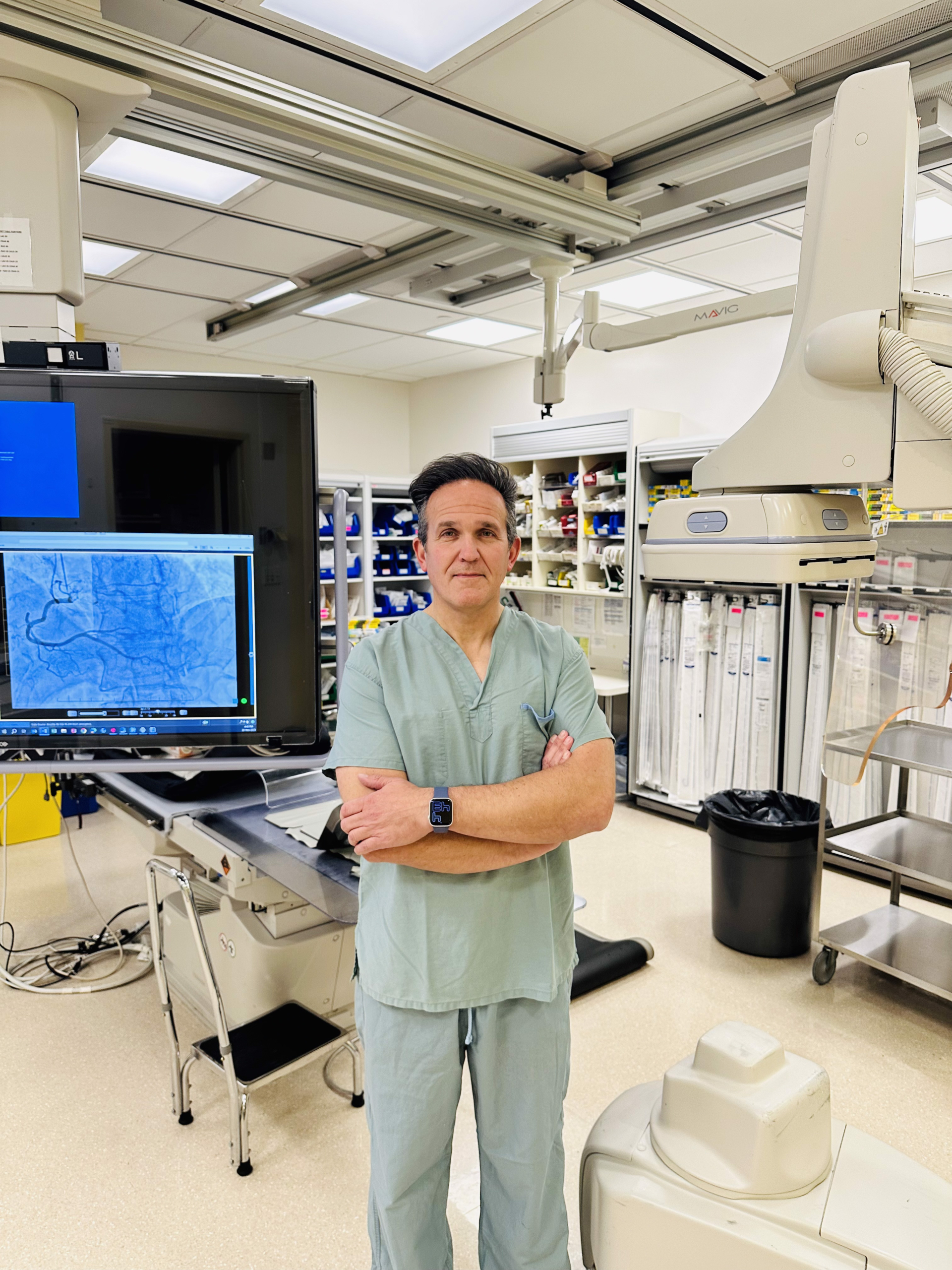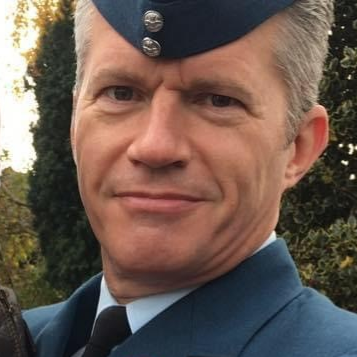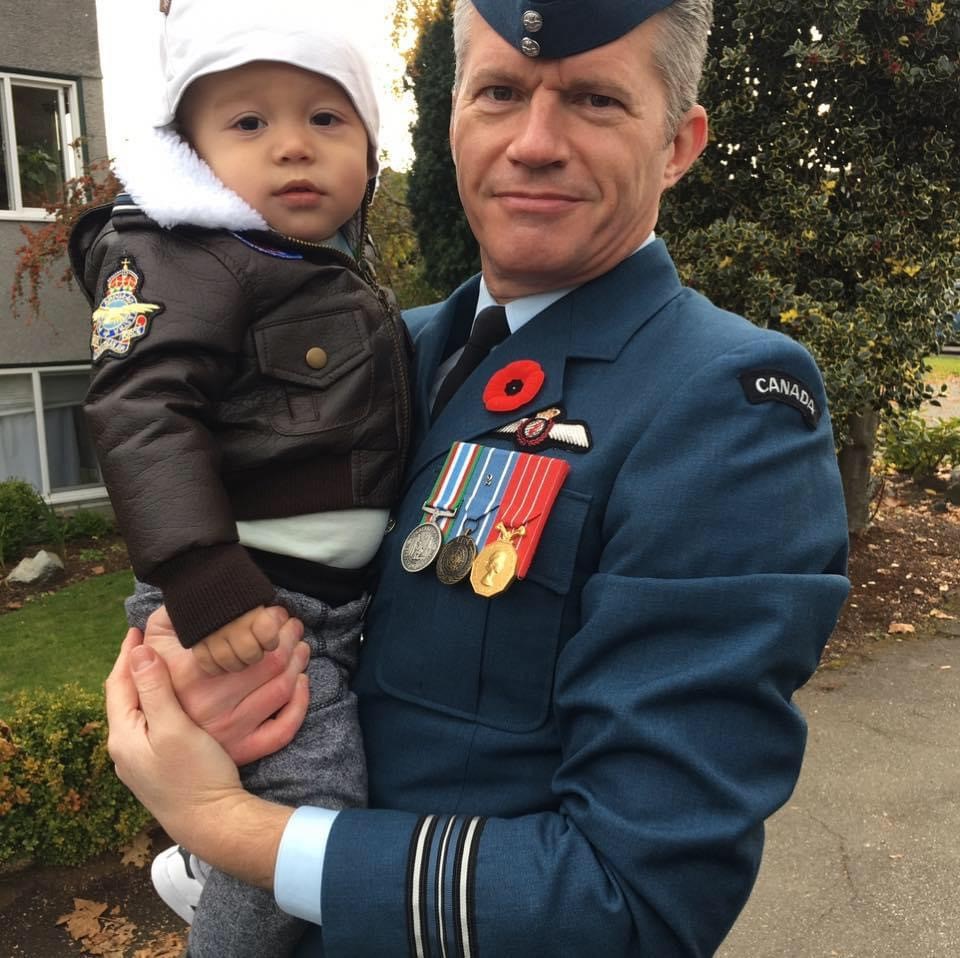
I start with a thank-you to Foundation donors. Without exaggeration, I think of them every time I put on my scrubs and enter the Heart Catheterization Laboratory at Royal Jubilee Hospital. I have the privileged position of knowing that the equipment I am using is because of donors; and, that because of this equipment, I am saving real patients—patients like Greg.
You should know: our Heart Catheterization Lab is top-class. A number of National ‘firsts’ have happened here. We were one of the only ones that did not shut down completely during the pandemic—we believe in what we do, we show up, and we will go to great length to care for our patients. Equipment is a foundational component of our work.
The C-Arm is the most vital piece of equipment that my team needs to view and fix the heart. With it, everything I do procedurally is done under X-ray vision. When someone experiencing a heart attack comes into our Lab, our team mobilizes quickly—around the patient, around the C-Arm, too.
During a heart attack, a coronary artery becomes blocked, cutting blood flow to heart muscle cells downstream. That causes pain and potentially heart rhythm disturbances: at the extreme, it can cause cardiac arrest, or even death.
The C-Arm turns on the lights for us—it captures images of the heart in real-time, from all angles.
In Greg’s case, we injected a special dye, which shows up on X-ray, through a small catheter in his arm via the radial artery. We passed a tiny wire— exactly 14,000th of an inch in diameter—through Greg’s blocked coronary artery. Using imaging, we moved the stent into position, pushing the blood clot and the plaque to the side, and re-established blood flow instantaneously.
As the technology advances, there are even more uses for the C-Arm, including cardiac biopsy, assessing pressures in the arteries supplying the lungs, and inserting various other devices to treat a number of cardiac conditions. We are now able to install heart valves through the femoral artery in the leg, rather than performing open-heart surgery. The possibilities are endless—the need is endless, too. As our population grows and ages, we need the latest tools to provide the best, most efficient care.
The C-Arm being replaced through the Foundation’s Imaging is Power campaign is 13 years old, and has exceeded its lifespan as it no longer meets required standards of practice. The new C-Arm’s unique design and exceptional image quality mean that we can get the quality diagnostic images we need more efficiently, reducing our patients’ exposure to radiation from X-rays. It will also reduce the number of procedures required. A benefit to all of us—caregivers and patients.
Our relationship with donors has become paramount to care teams having access to the best equipment, and I’m thankful to all who support imaging through the Victoria Hospitals Foundation. Thank you for considering a donation.
—Dr. Anthony Della Siega
Interventional Cardiologist, Royal Jubilee Hospital





